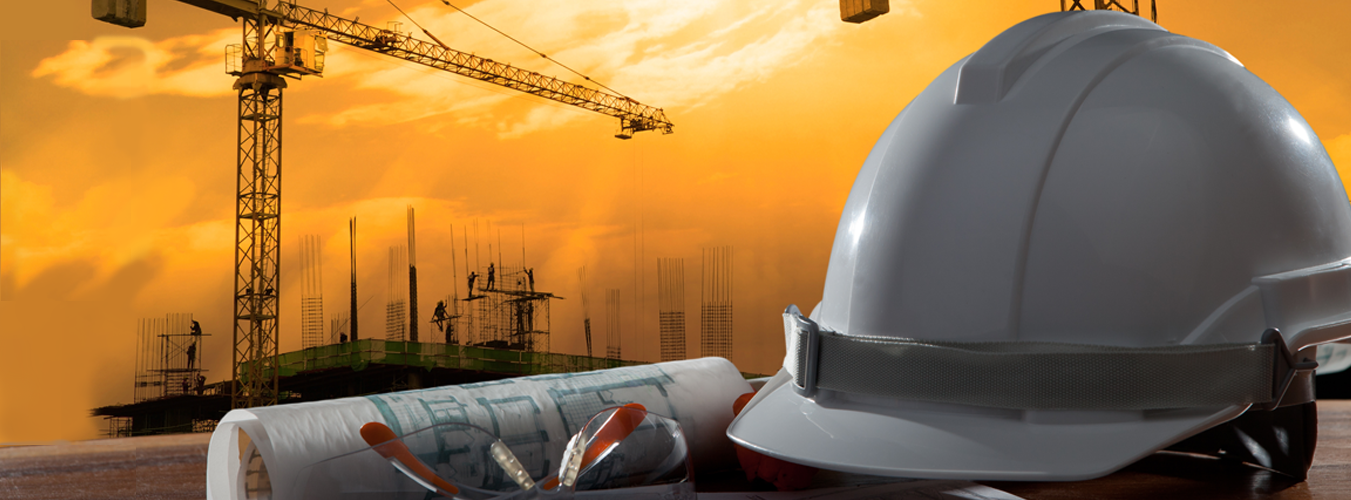- Home
- courses
- Admissions
- Training & Placements
- contact us
- Alumni
- Blog
- +91-8607788739 / 40

Surveying Lab
Surveying is the skill of determining the relative positioning point or object by measured angle or distance. Transversing is done to plot the detail of any building or other structure. Whenever there is a need for precise measurement the triangulation survey is performed. Plane tabling is the method used in surveying the field observation and plotting to determine the relative position of point horizontally as well vertically. Contour is an imaginary line on the ground joining the points of equal elevation.
List of experiments.
Structure analysis lab
The behaviour of various structures under the action of the load is studied in S.A. lab. Three hinged & two hinged arches experiment are premed to determine the maximum load that a particular arch can sustain. Apart from maximum load position, horizontal thrust deformation and type of failure are also found out from these experiments. Deformation of the beam is determined by Maxwell Betti's law verification. This experiment gives the maximum permissible load for a beam for certain deformation.
Without knowing the max permissible load a beam cannot be designed. Euler’s law verification reveals the behaviour of strut under the application of load for different end condition. This law is used to determine the max load & effective length of the column and hence its is used in designing columns.
List of Experiments
a ) Suspension rods are attached at their upper and rigid support.
b) the upper end of the central rod is attached to the centre of a similar elastic beam.
Transportation Engineering
Transportation engineering is the application of technology and scientific principles to the planning, functional design, operation and management of facilities for any mode of transportation in order to provide for the safe, rapid, comfortable, convenient, economical and environmentally compatible movement of people and goods. Highway engineering is a very important part of Transportation Engineering. It includes handling the planning, design, construction and operation of highway, road and vehicular facility.
List of Experiments
Fluid mechanics
Flow and fluid properties are studied in a hydraulic laboratory. Determining of energy and momentum coefficient help in determining the energy and momentum of flowing fluid without applying these coefficients a designer may reach a wrong decision.
Actual discharge is determined by multiplying the theoretical discharge to a coefficient called discharge coefficient. This coefficient is determined in the lab and it is different for different orifices, notches and weirs. Study of weirs, notches and orifice helps in designing of them in real life. Weirs are generally constructed on river beds to raise the water level. Notches are attached to canals to control the flow of water.
Concrete Laboratory
Properties of cement and concrete are determined in the concrete lab. Normal consistency gives the idea about the quality of a selection of cement for a particular project. Fineness modulus of cement is related to the initial and final setting time to decide the work rate of concreting and the curing. Generally, the cement having less initial setting time is not desirable since the primary bond which has been formed are broken away while concreting.
Compressive & tensile strength determination of concrete is very important in design filed, without knowing the compressive & tensile strength of concrete a concrete structure or any component cannot be designed workability of concrete is also a factor which should keep in mind while designing.
List Of Experiments
Determine of workability of concrete using:
a). compaction factor test
b). vee-bee slump test
c). flow table method .
Determine the soundness of given cement by Le Chatelier's principle.
Determine the effect of w/c ratio on strength of cement with a given proportion of fine and coarse aggregate and with a constant slump of 4 cm.
Determine the effect curing condition upon compressive strength of 1:3 Portland cement mortar.
Soil Mechanics
Soil mechanics is a branch of civil that describes the behaviour of soil. It differs from fluid mechanics and solid in the sense that soil consists of a heterogeneous mixture of fluids usually air and water and particles clay, silt, sand and gravel. There are structures that are supported on or made of soil or structure that are buried in soils like bridge foundation, retaining walls, dam system etc. so we need to know the engineering properties of soil. So we conduct laboratory tests to find out various engineering properties of soil.
List of Experiments
Determination of Field density of soil by:
i) Sand replacement method
ii) Core cutter method
Determination of Liquid limit using Casagrande's apparatus.
Determine the grain size distribution of coarse-grained soil by sieving.
Determination of compaction properties of soil sample.
Determination of shear parameters of cohesive soils by triaxial compression.
Determination of shear strength of soil with the help of the shear box.
Determination of Unconfined compressive strength of soil specimen
Determination of CBR of a computed soil in the unsoaked state.
Determination of permeability of soil by:
i) Constant head method
ii) Falling head method
| ENGINEERING GEOLOGY LAB |
|---|
| B.Tech Civil Lab Manual |
| ENGINEERING GEOLOGY LAB | Download | Formate |
|---|---|---|
| B.Tech Civil Lab Manual | ||
| EG Lab Manual | ||
| Env. Lab Manual | ||
| Structural Analysis-II |























